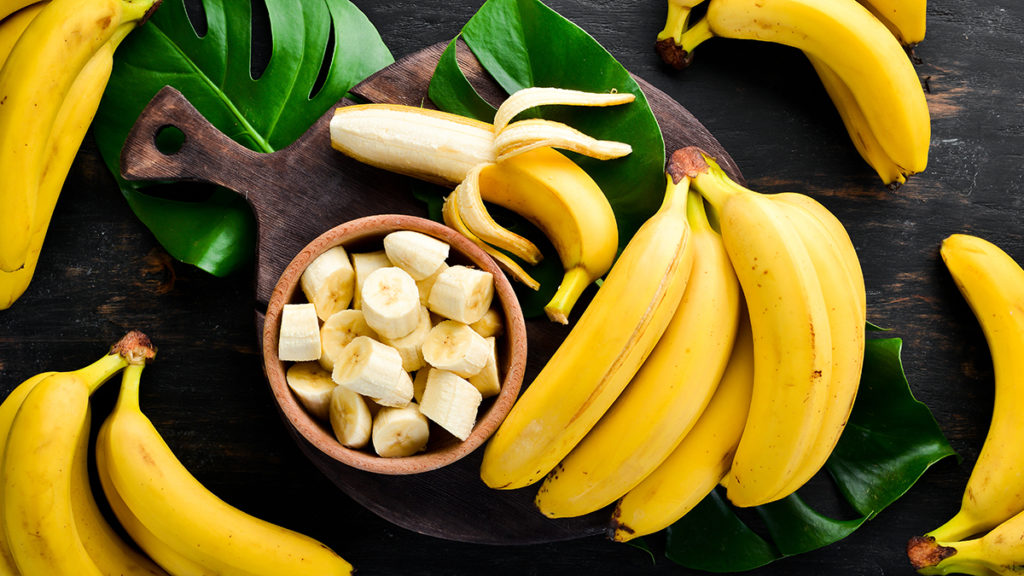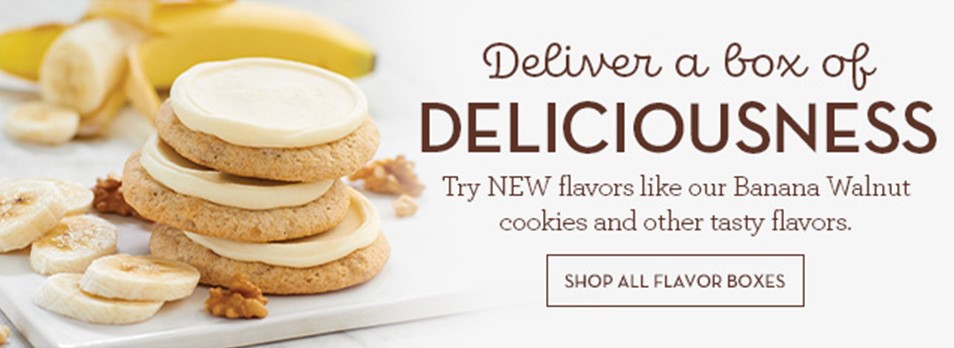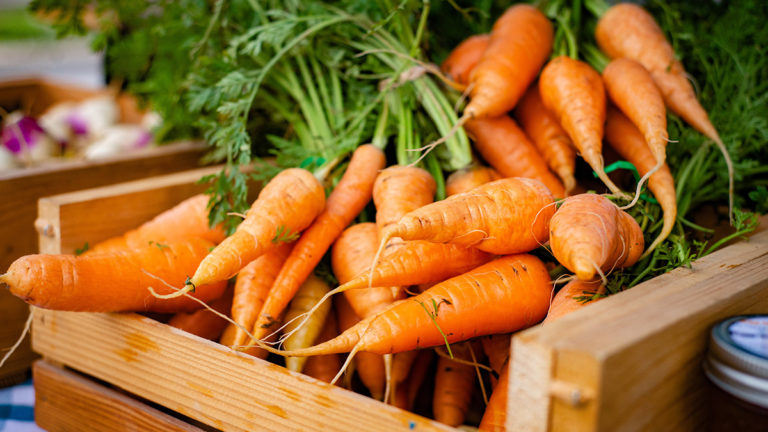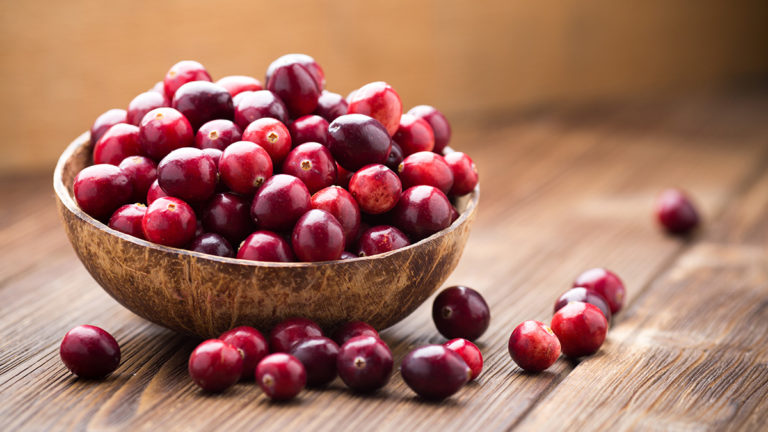Find out fascinating facts and interesting tidbits about cookies and the ingredients found in them in our series “Inside the Dough.” Discover the inside story on how bananas very nearly became extinct as well as the wacky reasons why they don’t actually grow on trees and why artificial banana flavoring tastes nothing like the real thing.
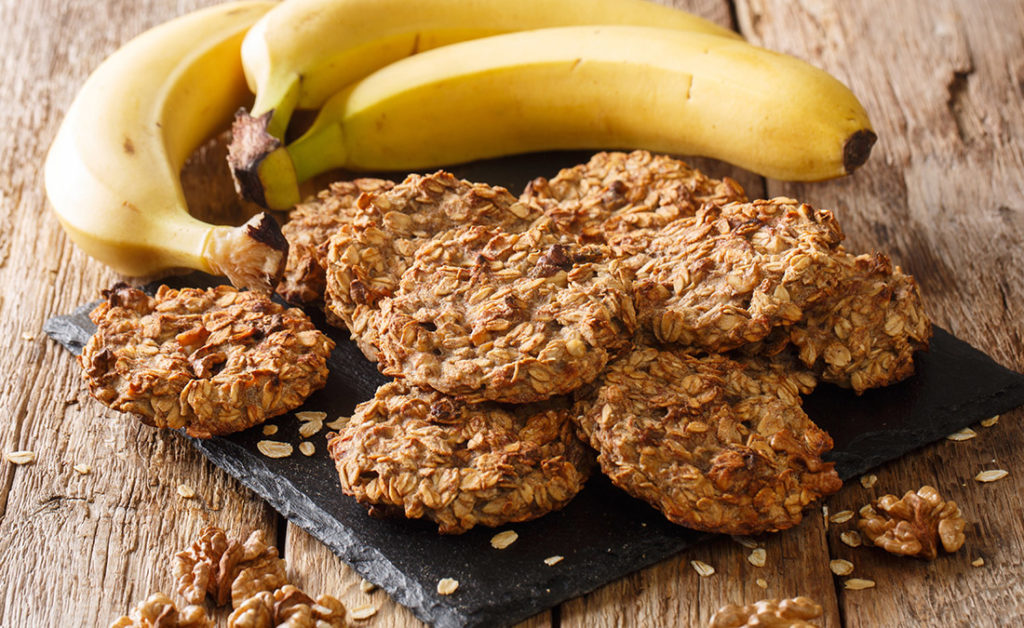
Apologies to all the apple and orange fans out there, but when it comes to the most popular fruit in America, that title actually goes the mighty banana. Research shows bananas top the list of the most commonly eaten fruits in the United States, with 65% of households buying them on a regular basis. Bananas are so popular, in fact, that the planet’s population consumes more than 100 billion of them each year!
It’s estimated that the average American downs more than 27 pounds of this yellow wonder fruit annually. And that’s not counting all the other ways we eat bananas after they’ve been peeled, such as when they are baked into cookies, breads, cakes, or cream pies; pressed into fritters; or blended into smoothies or daiquiris.
But as beloved as the banana may be, a lot of mysteries still lurk behind that famous peel.
The great pretender
Bananas are scientifically considered a berry. The distinction arises because bananas grow from a flower and contain seeds, helping them meet the technical definition of a berry.
Another mind blower: Bananas don’t technically grow on trees. The plant they grow on is actually considered the world’s largest herb. The difference is that a tree’s stem is made out of wood, whereas the stem of the banana plant is made out of fibers, which lead scientists to classify it as a flowering herb.
Extinct and back again
In the 1950s, the world’s leading and most popular banana plant was hit with a serious fungal outbreak called Panama disease or banana wilt. Named Gros Michel, which translates to “Big Mike,” it was virtually wiped out on farms around the globe. Unable to grow new crops in soil that had been infected with the virus, banana growers turned to a new variety of banana plant that was immune to the virus, selecting a plant known as the Cavendish. Today, the Cavendish remains the most widely grown and consumed banana in the world.
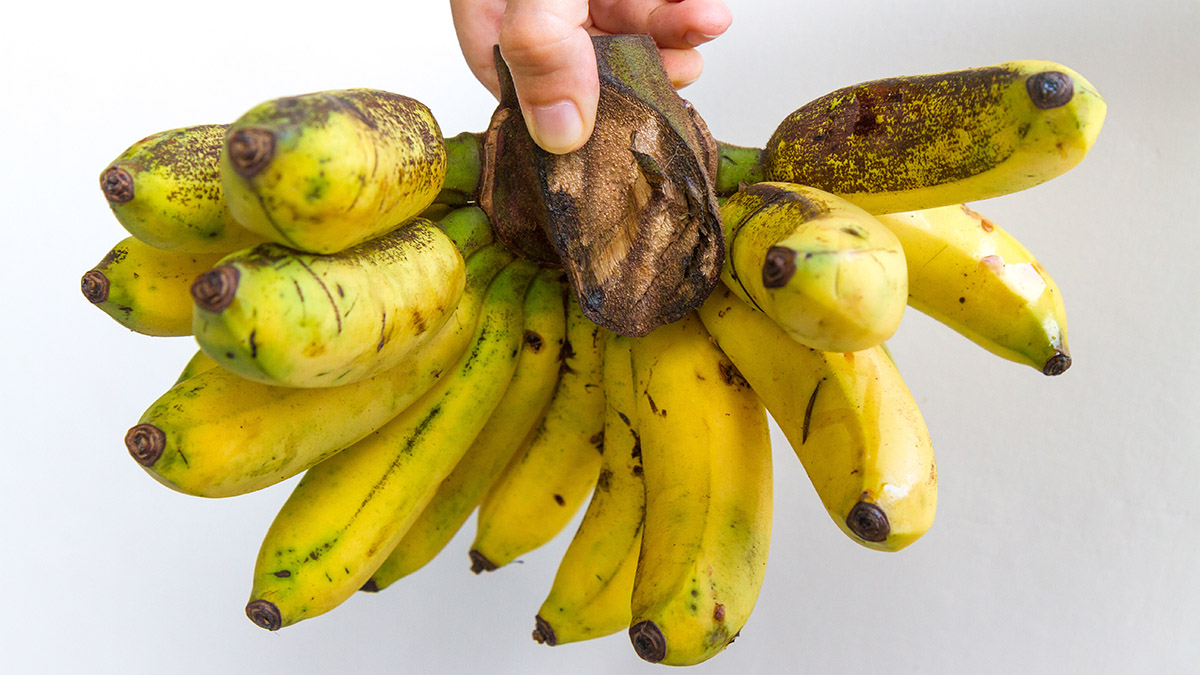
In case you were wondering, you can still find Gros Michel bananas, but they’re rare. They’re grown on small-scale farms in the U.S. in Florida, Southern California, and Hawaii, and in larger quantities in places abroad like Ecuador, Uganda, and Malaysia. Because of how hard they are to find, they are also incredibly expensive. A small box of Gros Michel, which contains 3-5 pounds of bananas, can be purchased for $67!
A taste of the past
What’s the difference between old-school Gros Michel bananas and the Cavendish of today? The latter is a bit milder and has significantly less “banana” flavor, whereas the former is plumper and fatter, and significantly sweeter…like you would find in, say, artificially flavored banana candy. While most people agree that “fake” banana flavor tastes nothing like a real banana, that artificial formula was developed in the early 1900s and tastes way more like a Gros Michel than a Cavendish.
The history of the banana
The bulk of the bananas we eat today are grown in India, China, and Indonesia. And it’s in these same Southeast Asia locations where most of the world’s banana crop originated.
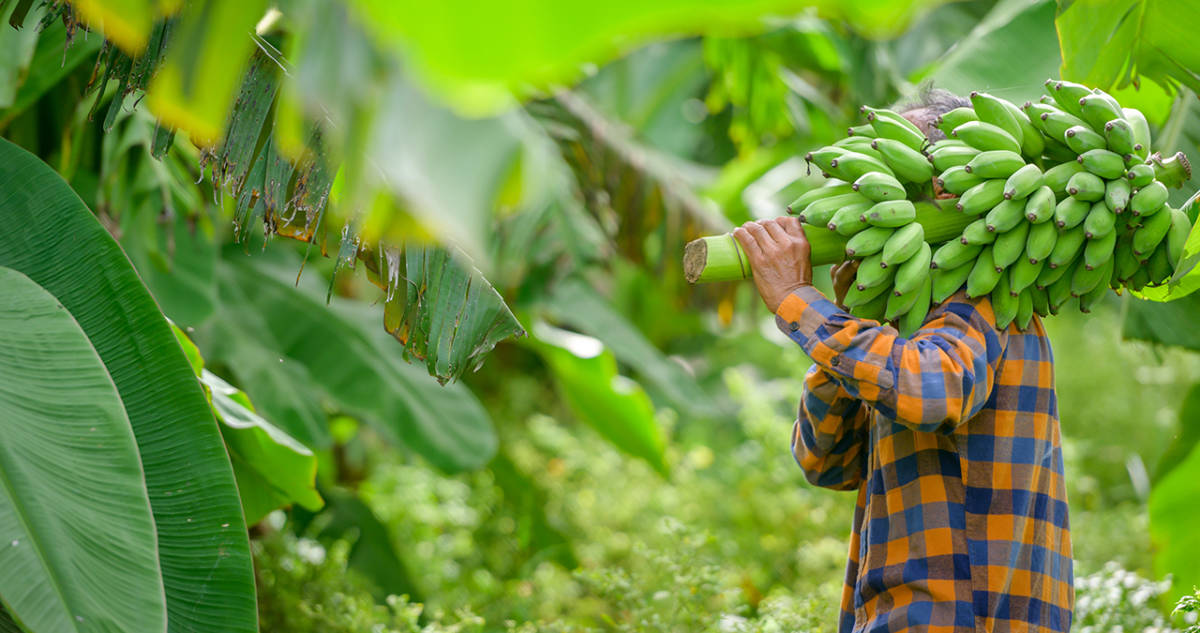
Historians have found references to banana plants in a number of early Greek, Latin, and Arab texts. The Greek leader Alexander the Great, who ruled approximately 2,300 years ago, is most often credited with bringing bananas to Europe. From there, the plants were transported to the New World and the Canary Islands. Once established in those locations, they quickly spread throughout other island nations and into Latin America. However, it wasn’t until the late 19th century, when more efficient travel methods finally allowed for their successful transportation, that bananas began to appear in markets in the U.S.
A loaded term
Perhaps because of their exotic origin, bananas are featured in a number of colorful expressions. In the case of the phrase “going bananas,” language experts say the term — which is used to mean someone has gone crazy or exploded with anger — originated on college campuses in the 1960s. The phrase evolved from the term “going ape,” which has a similar meaning and origin, and was likely inspired by the close relationship between monkeys and bananas. Another popular term involving bananas — “banana republic” — describes a country that typically has a single export, such as bananas, and that is also typically controlled by foreign businesses and run by a corrupt dictator.
There’s also the colorful phrase “top banana,” meaning “the person in charge.” This is said to have originated in the world of burlesque theater, where the performer drawing the most laughs was traditionally given a banana for their efforts. Eventually, these funnymen ended up headlining events, making them the primary draw for the show — or “top banana.”
One for the record books
Bananas get their name from their South Asian heritage. At the time, the most commonly traded bananas were small and long — about the size of a human finger. Because of this, Middle Eastern traders named them after the Arabic word for “finger,” which is banan. Because bananas grow in groups, the logical name for that bunch of bananas became a “hand” — a term we still use today.
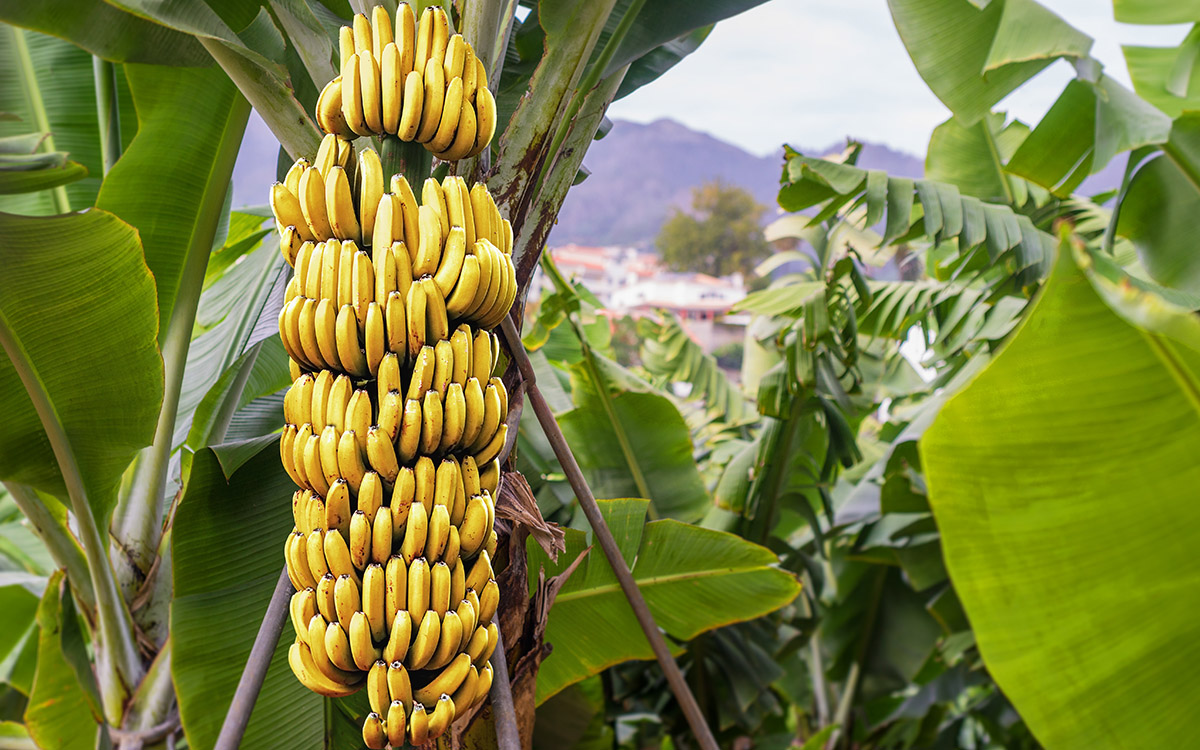
Bananas typically mature about three months after a banana plant begins flowering, producing 15 “hands,” or rows, of fruit. Each of those hands or bunches consists of between 10 and 20 fingers. That means the average banana crop can consist of several hundred bananas per plant!
And that number can grow substantially higher. The world record for the largest bunch of bananas ever harvested is held by a group of farmers in Spain’s Canary Islands. In 2001, a single plant on their farm produced 473 individual bananas in a bunch, tipping the scales at a remarkable 287 pounds. That’s bananas!

